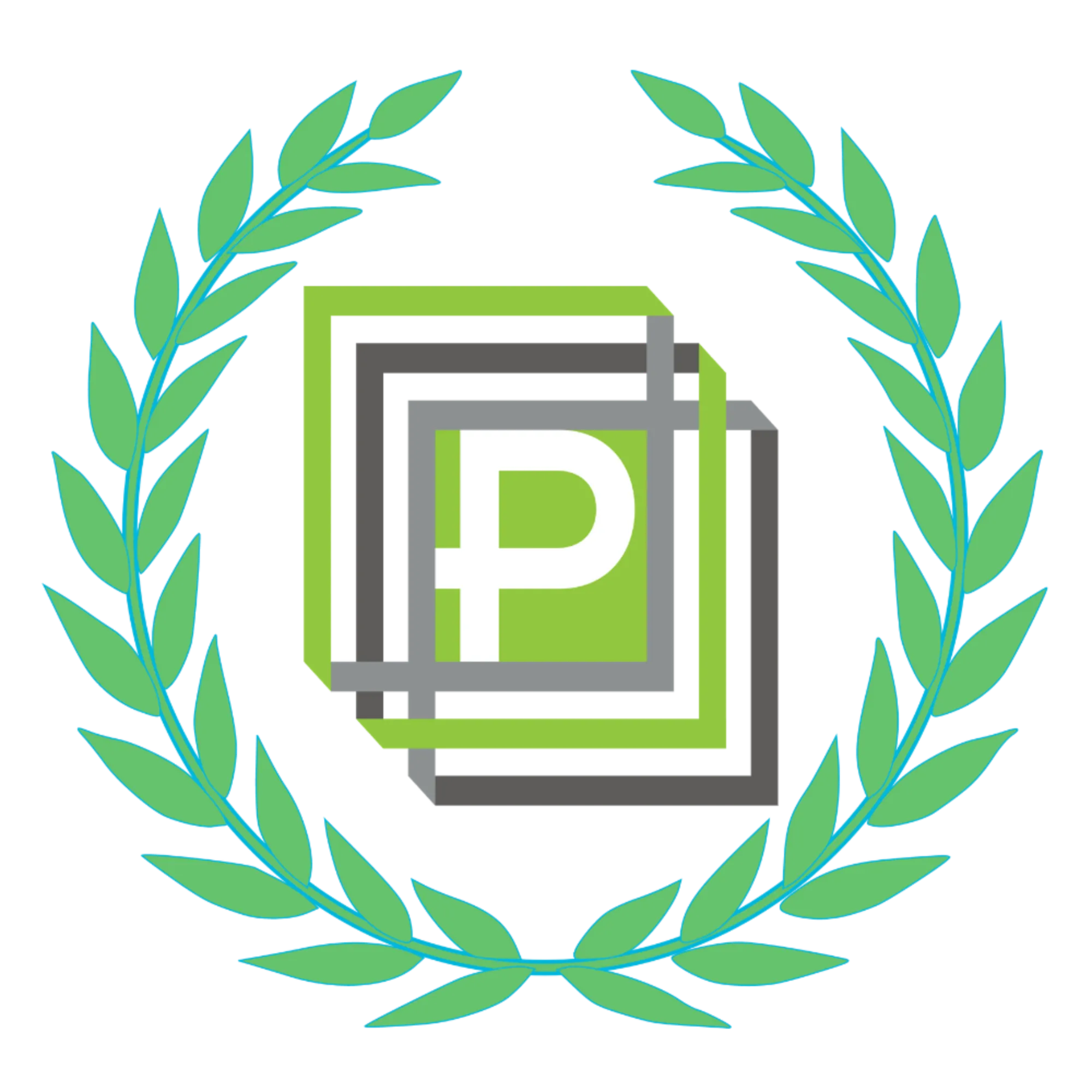
Semantic Search.
Step into the Light.
##
The first to introduce the concept of the semantic web. Since then, the term “semantic search” has referred to many different technologies used in query processing. Lee is credited as the father of modern Semantic Search and without him and people like him, what you love about Google, Amazon and Netflix might not even exist.
Manifesto.
In an ever-evolving world of textual transformers, content enrichment, semantic search, convolutional neural networks, natural language and supervised or unsupervised often pre-trained models for content classification and taxonomy, the legal industry has often been slow to embrace change, especially when it comes to adopting cutting-edge technologies like artificial intelligence (AI) and semantic search.
The fear of losing billable hours, not being able to explain the methodology behind results, and even the idea that robots might take over jobs are all popular, almost worn out at this point, but still very real factors contributing to this reluctance. What if the legal profession could just wake up and realize these technologies achieve better outcomes, higher efficiency, and greater satisfaction for clients? Am I officially blue in the face yet?
Section 1: Debunking the Fears
- Fear of losing billable hours: Legal professionals who focus on providing excellent service and efficient results are more likely to build long-lasting relationships with their clients and enjoy a strong reputation in the industry. By embracing semantic search, attorneys can demonstrate their commitment to providing high-quality legal services while maintaining transparency and trust with their clients.
- Fear of not being able to explain results: While it’s true that AI-driven semantic search techniques may seem complex, the core idea of improving document discovery through contextual understanding is quite simple. As legal professionals become more familiar with these technologies, they’ll be better equipped to communicate the benefits and results to their clients.
- Fear of job displacement: Rather than replacing jobs, AI and semantic search tools can empower legal professionals to focus on their core expertise, such as analyzing legal information, building a strong case, and providing strategic advice. By automating time-consuming tasks like document review, attorneys can dedicate more time to activities that add greater value to their clients.
Section 2: The Power of AI and Semantic Search in eDiscovery
- Improved precision and recall: By understanding the context, nuances, and relationships between words and phrases, semantic search retrieves more relevant documents while reducing false positives. This leads to a more efficient review process, with legal teams spending less time on irrelevant documents and more time on key evidence.
- Streamlined workflows: AI-powered eDiscovery tools can leverage unsupervised and semi-supervised learning models to analyze and identify patterns in datasets, enabling legal teams to quickly locate essential information and make informed decisions. This translates to reduced costs and increased efficiency for clients.
- Enhanced adaptability: AI and semantic search algorithms can learn from datasets without relying on predefined rules or specific search terms, making them more flexible and capable of handling linguistic complexities such as synonyms, acronyms, and slang.
Section 3: Educating the Industry and Promoting Change
- Dispelling misconceptions: A crucial step toward greater adoption of AI and semantic search in the legal industry is to provide accurate information and debunk myths surrounding these technologies. By addressing concerns and demonstrating the benefits, we can help foster a more receptive environment for innovation.
- Showcasing success stories: Sharing case studies of legal teams that have successfully implemented AI and semantic search tools can inspire others to embrace these technologies and showcase the potential advantages for their own practices.
- Encouraging collaboration: By fostering partnerships between legal professionals, technology providers, and industry experts, we can facilitate knowledge sharing and drive the development of more advanced, tailored solutions that meet the unique needs of the legal sector.
Conclusion:
The legal industry stands at a crossroads, with the opportunity to harness the power of AI and semantic search to improve client outcomes, increase efficiency, and enhance the practice of law. By addressing fears, promoting education, and showcasing the potential benefits, we can encourage legal professionals to embrace these innovative technologies and ultimately transform the legal landscape. Through a collaborative and informed approach, we can help shape a future where legal teams can better serve their clients, focus on their core expertise, and achieve greater success. It’s time for the industry to let go of outdated methods and embrace the next generation of eDiscovery tools, ensuring a brighter and more efficient future for all parties involved.

